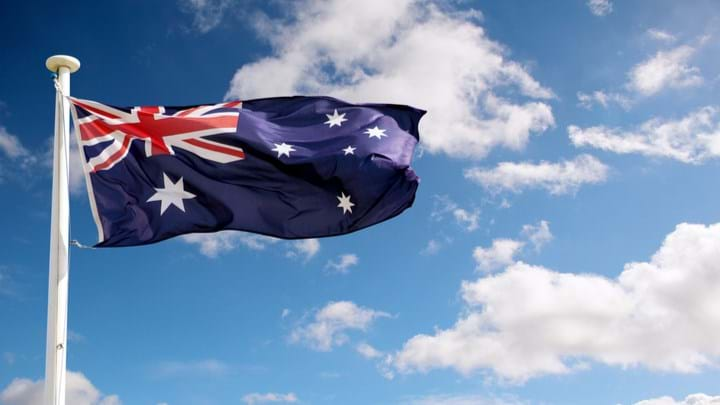Study confirms feasibility of green hydrogen in Australia

A STUDY by BP Australia has proved the technical feasibility of producing green hydrogen and ammonia, at scale, in Western Australia.
Green hydrogen is produced from electrolysis of water, using renewable energy. The hydrogen can be used as a fuel and an energy source in hard-to-decarbonise industries. Water electrolysis is a process that splits water into hydrogen and oxygen, using electricity.
Green ammonia is produced by combining green hydrogen and nitrogen from the air. Ammonia can be used as a hydrogen carrier, offering transport advantages over pure hydrogen including the cost-effectiveness and the presence of existing ammonia infrastructure. Ammonia as a carrier is also zero carbon.
The feasibility study investigated the hydrogen supply chain and domestic and export markets at demonstration/pilot scale and commercial scale. The demonstration/pilot plant was modelled as producing 4,000 t/y hydrogen up to 20,000 t/y of ammonia. The study investigated a commercial-scale plant that would produce 200,000 t/y of hydrogen making up to 1m t/y of ammonia. The study simultaneously considered the financial and technical implications of a fully integrated renewable hydrogen and ammonia supply chain.
Three different hydrogen production technologies are considered in the report – alkaline, polymer electrolyte membrane (PEM), and a prototype electrolyser technology – and the plant power source was modelled as a mix of solar and wind power, with some battery support. The report notes that electrolyser vendors are just beginning to scale up production.
The study found that distribution could be customised to suit customer requirements, including gaseous or liquid hydrogen, or ammonia transported via pipeline, ship, or truck.
Exploring economics and returns, the study concluded that for effective understanding, renewable hydrogen and ammonia markets need to be further advanced.
BP says that the study supports its conviction that Western Australia’s vast potential solar and wind resources, existing infrastructure, and proximity to large, long-term markets, make it an ideal place to develop renewable energy assets that can in turn produce green hydrogen and/or green ammonia, and export markets.
Frédéric Baudry, President of BP Australia and SVP Fuels & Low Carbon Solutions, Asia Pacific, further noted that the study “confirmed strong demand from potential customers in the hard-to-abate sectors, and for both local and export markets. This has the potential to position Australia as a regional powerhouse of the energy transition.”
The study report concludes that there are “a multitude of positive forces that could lead to green hydrogen and ammonia becoming significant fuels within many sectors in Australia and internationally”. BP highlights that with industrial and governmental support for this transition, the country could capitalise on the opportunity. However, it also acknowledges the need to overcome relatively high costs and to scale to reduce costs – “arguably the largest issue for renewable hydrogen”.
According to BP, government support is key for developing hydrogen industry and the path forward for the project. It notes key areas where support and funding are vital, including: ensuring reliability of power supply for the demonstration-scale plant; transmission upgrades for the commercial-scale plant; port development for the commercial-scale plant; government decarbonisation incentives; and continued investment in hydrogen research and development.
BP acknowledges that the study has provided it with valuable insights into potential for green hydrogen and green ammonia. It is making the study publicly available as part of a knowledge-sharing agreement with the Australian Renewable Energy Agency (ARENA) to help progress the development and use of hydrogen energy.
Darren Miller, CEO of ARENA, said: “BP’s analysis of the economic opportunity presented by renewable hydrogen will help Australia determine how it can be scaled up to satisfy future demand. The report represents a vital building block in our pathway to creating a fully integrated renewable hydrogen supply chain, allowing Australia to become a leader in a future export industry.”
Announced in May 2020, the feasibility study was supported by GHD advisory, of global professional services company GHD, and ARENA.
Recent Editions
Catch up on the latest news, views and jobs from The Chemical Engineer. Below are the four latest issues. View a wider selection of the archive from within the Magazine section of this site.




